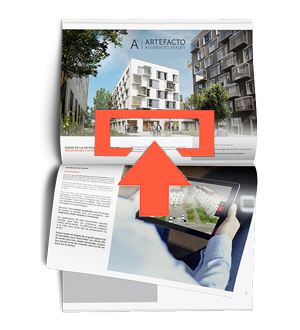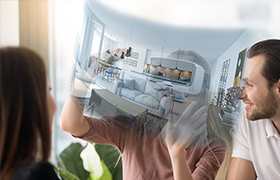Les vidéos 360° ont depuis quelques années pris leur envol sur les réseaux sociaux. Ces vidéos ne sont pas comme toutes les autres ! Elles permettent de visionner un environnement, comme si vous y étiez. Sur le web, sur smartphone ou grâce à un casque immersif, vous pouvez modifier l’angle de vue vers n’importe quelle direction : au-dessus, en dessous, derrière vous ou sur les côtés. Vous êtes complètement immergez dans cet environnement et vivez pleinement l’expérience !
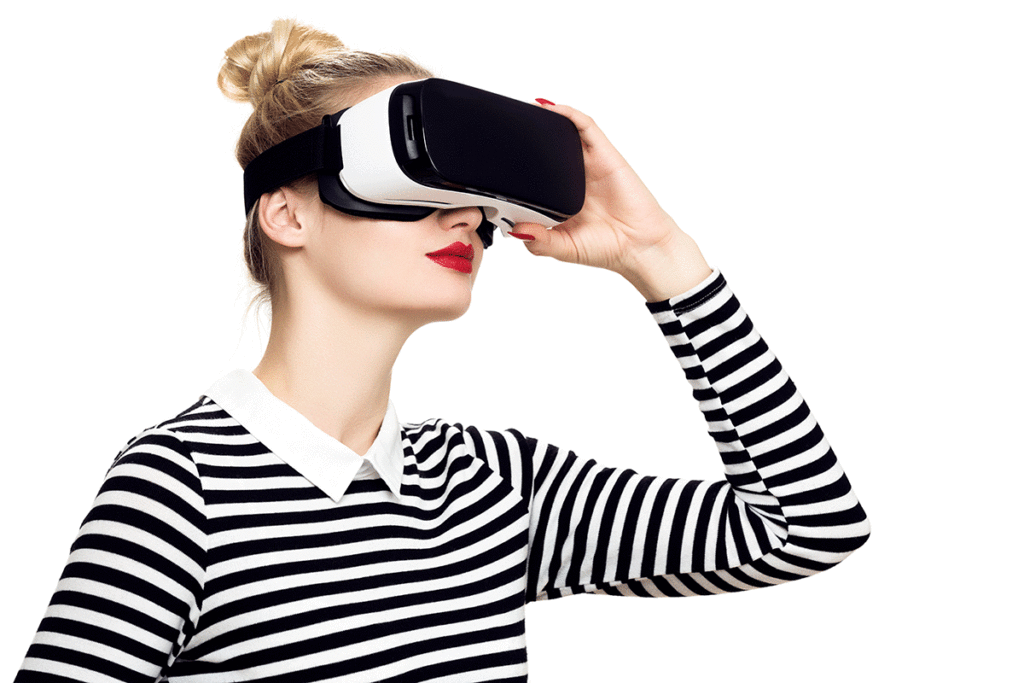
lA VIDéo 360° se démocratise
Ce type de vidéo s’est démocratisé grâce aux techniques de capture et de diffusion de ces vidéos 360°.
Les réseaux sociaux ont petit à petit rendu possible la mise en ligne et le visionnage de ces vidéos. Le précurseur a été la plateforme Youtube dès 2014. Puis a suivi le réseau Twitter en 2016 , ainsi que le Géant Facebook en 2017. Les autres réseaux sociaux (LinkedIn, Snapchat, Instagram…) proposeront à leur tour cette fonctionnalité devenue indispensable.

Du coté de la production de ces vidéos 360°, de nombreuses caméras ont vu le jour et sont arrivées sur le marché à des prix très accessibles (Kodak, Samsung, Go Pro, Ricoh, Garmin et bien d’autres).
A partir de 230 € pour la Samsung, les autres acteurs proposent des caméras aux alentours de 500€. La qualité des images, les fonctionnalités, les connectivités, le nombre de pixels… sont des caractéristiques qui vont faire évoluer et justifier le prix. Le tarif du matériel professionnel va s’envoler entre les 2 500 et 3 000 €. Grâce à cette simplification de capture et de diffusion, la vidéo 360° est devenue accessible à tous ! Démocratisées, ces vidéos ont inspiré les professionnels de tout type de secteur : événementiel d’abord, puis l’immobilier, l’industrie, la culture, ou encore le retail.
Les vidéos 360° en réalité virtuelle
Les caméras 360° vont vous permettre de capturer un environnement réel, et de le diffuser tel que vous l’aurez filmez. Mais dans certains secteurs ou pour certaines occasions, on voit de plus en plus apparaitre des vidéos 360° virtuelles.
Il ne s’agit pas de réelles captures, mais d’un monde totalement simulé et crée numériquement.
Dans certains secteurs, notamment en industrie ou en immobilier, la capture du monde réel est compliquée voire impossible : sites inaccessible, non existant, dangereux….. Les professionnels font alors le choix de créer ou reproduire l’environnement numériquement. Chaque image, détails, décoration, trajet caméra… vont pouvoir être personnalisés et choisis avec soin. Avec le développement des technologies et des compétences, le monde virtuel devient graphiquement presque identique au monde réel.
Il est parfois difficile de faire la différence entre le réel et le virtuel :
La vidéo 360° en réalité virtuelle a de nombreux avantages que les professionnels du marketing ont bien compris. Ils peuvent en effet créer une vidéo de haute qualité, à leur image, et en maîtrisant le moindre détail.
LEs vidéos 360° immersives
C’EST QUOI ?
Les vidéos 360 degrés peuvent être diffusées et visionnées par le biais de nombreux matériels (ou devices) : pas besoin d’être un professionnel ultra équipé pour cela !
D’abord sur le web (Youtube, réseaux sociaux…), il vous suffira de diriger le point de vue grâce à votre souris. Youtube a même crée une chaîne spécifique « réalité virtuelle ». Sur smartphone ou tablette, vous pourrez soit déplacer votre mobile pour découvrir tous les points de vue, soit naviguer simplement à l’aide de votre doigts. Le dernier support sur lequel vous pourrez visionner ces vidéos sont les casques de réalité virtuelle.

LES CASQUES DE RÉALITÉ VIRTUELLE IMMERSIVE
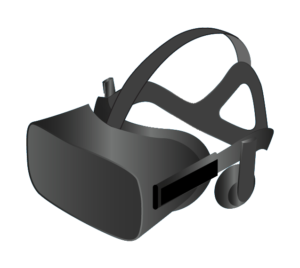
Depuis quelques années, les casques de réalité virtuelle connaissent un fort essor et ont le vent en poupe. Le premier casque grand public de VR fût l’Oculus Rift. Casque filaire connecté à l’ordinateur, il possède des manettes permettant d’interagir avec le monde virtuel (et réaliser des actions telles que se déplacer, modifier des éléments, changer de pièce, de décoration, de personnage…)
Depuis, de nombreux autres casques ont vus le jour : HTC Vive, samsung Gear VR, cardboard ou encore le casque playstation VR. Tous ont des fonctionnalités et des qualités graphiques différentes : c’est l’usage et votre porte-monnaie qui orienteront votre choix.
la vidéo 360° dans l'immobilier
Lorsqu’un promoteur immobilier souhaite vendre un immeuble neuf (qui n’est pas encore construit), il doit pouvoir aider ses futurs acheteurs à se projeter dans les appartements. Et pour se faire, ce secteur d’activité a adopté la réalité virtuelle et les visites 360°. En modélisant les pièces des appartements, ces visites 360° vont permettre aux futurs acquéreurs de se plonger dans le salon, la chambre, la cuisine, d’y modifier la décoration ou encore les matériaux de revêtement. C’est un outil idéal pour aider à la prise de décision et augmenter les ventes d’appartements neufs.
les visites immersives dans le secteur industriel
Les vidéos 360° dans le secteur industriel sont régulièrement utilisées : visite de chaines de productions ou d’usine, projection d’un futur site, prévision d’un aménagement, ou encore la visite d’un site inaccessible (interdit au public ou à l’étranger)…
LES VIDÉOS 360° RÉELLES
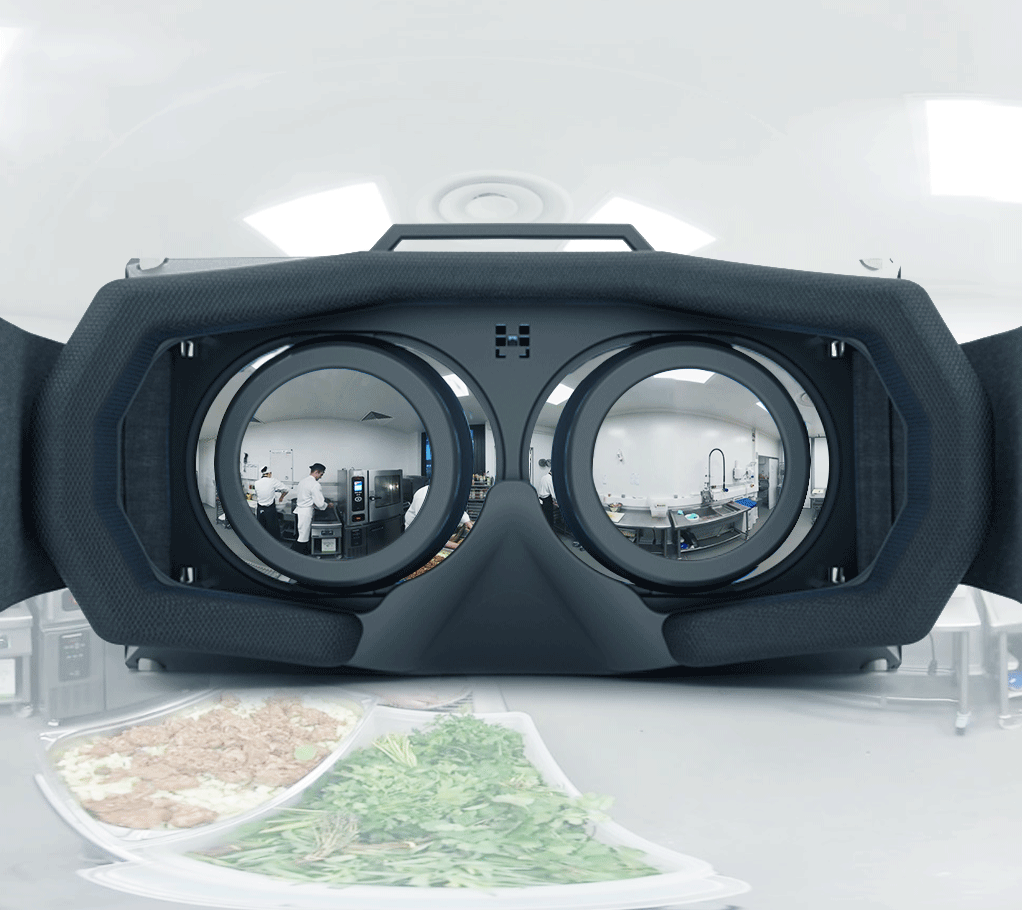
Les industriels souhaitent de plus en plus faire visiter leur site de production.
En effet, les consommateurs, partenaires ou collaborateurs souhaitent être de plus en plus informés et connaitre les processus de production de certaines marchandises. Cependant, et pour des mesures d’hygiène ou de confidentialité (recettes par exemple), les sites ne sont pas toujours accessibles au public.
La capture de vidéos semble alors être une belle alternative. Les vidéos 360° sont idéales pour une immersion totale.
LES VIDÉOS 360° EN RÉALITÉ VIRTUELLE
Pour des projets encore non réalisés, ou des sites de production non construit, la réalité virtuelle est idéale. A partir de simples plans, il est possible de modéliser un site de production entier, en y ajoutant les machines, les process, les employés…etc.
La visite 360° immersive est très souvent agrémentée de point d’interactions avec l’accès à des contenus : vidéos, images, fiches descriptive, détails d’un process….. La visite devient ainsi didactique et instructive. Elle peut ainsi être présentée aux futurs collaborateurs, à des investisseurs étrangers qui ne peuvent pas se rendre sur le site, ou aux consommateurs désirant en savoir plus sur les futur process de fabrication ou de traitement des déchets.
Ces vidéos 360° sont très souvent utilisées pour présenter un projet et illustrer une remise d’appel d’offres auprès des collectivités ou de futurs investisseurs.
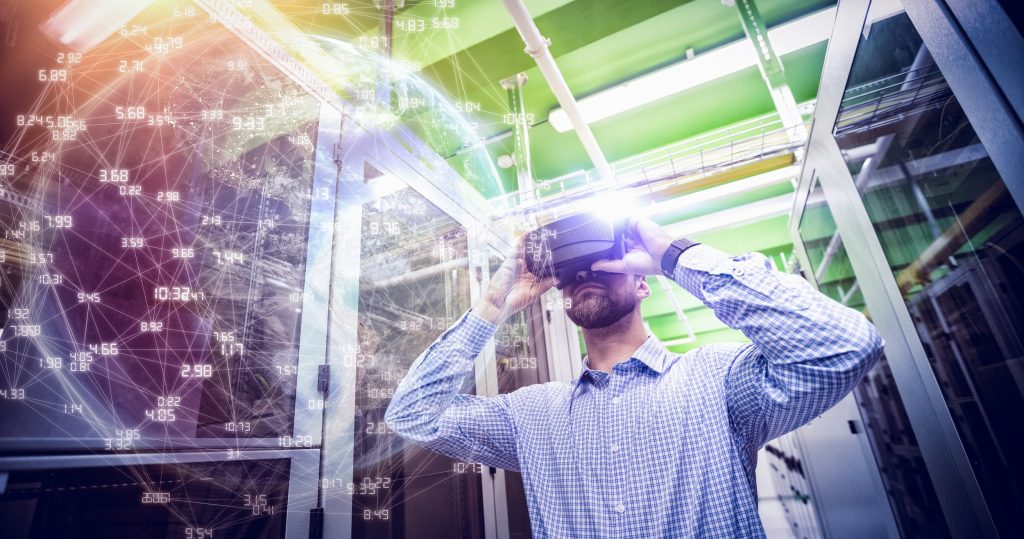
les visites immersives dans le secteur culturel et la muséographie
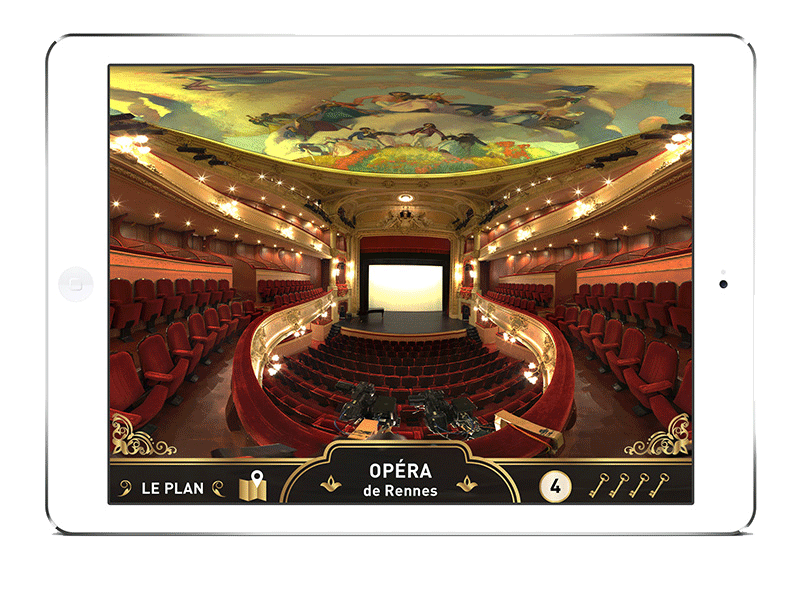
Certains musées ne sont malheureusement pas accessibles à tous. Des œuvres protégées, des pièces fermées au public, l’absence d’aménagement pour les personnes à mobilité réduite … de nombreuses raisons peuvent pousser les musées à devoir réaliser des vidéos immersives.
Quoi de plus impressionnant que d’installer un casque immersif et d’être plongé dans cet univers secret, comme si vous y étiez !
les vidéos 360° : un média à intégrer dans vos applications
De nombreux industriels, communes ou promoteurs immobiliers réalisent des applications mobiles personnalisées pour promouvoir une produit, présenter un projet ou encore commercialiser un programme immobilier.
Ce type d’application, interactive et intuitive peuvent être aussi bien à destination du grand public que de professionnels.
Les vidéos 360° (réelles ou virtuelles) sont alors idéales pour venir illustrer ou enrichir cette application.
Faites vivre une expérience inédite et démarquez-vous de vos concurrents !
Découvrez en détails la réalité augmentée adaptée à l’immobilier avec le guide complet de la 3D.
